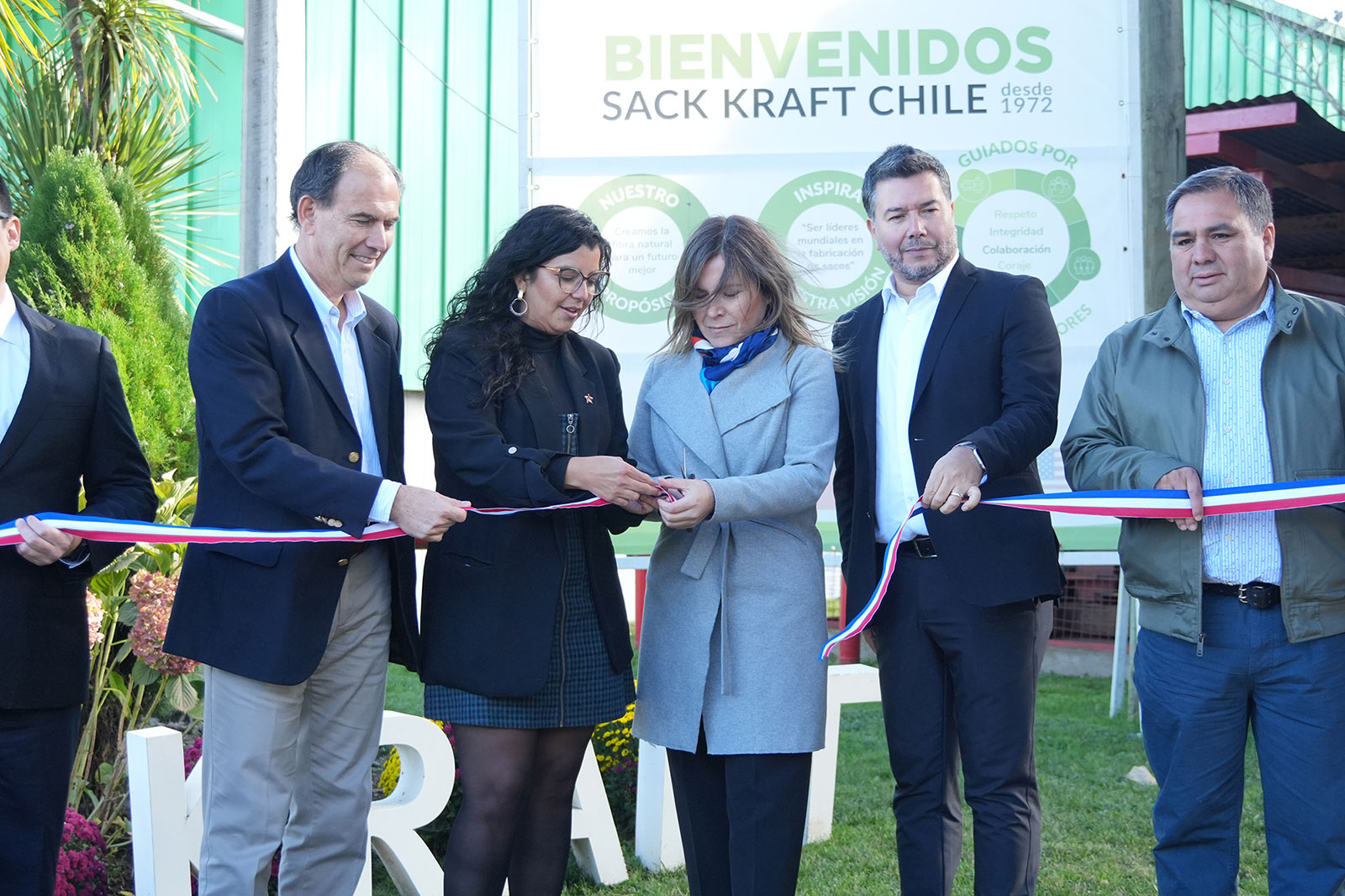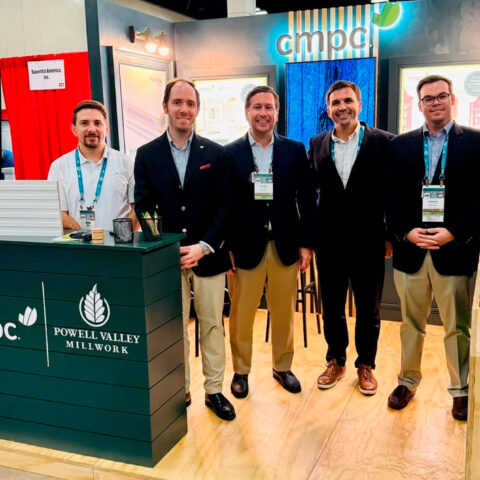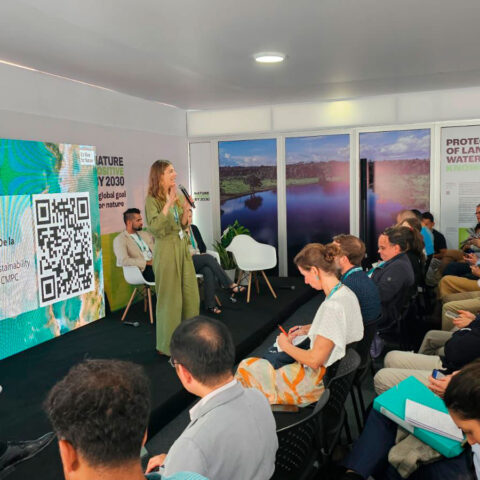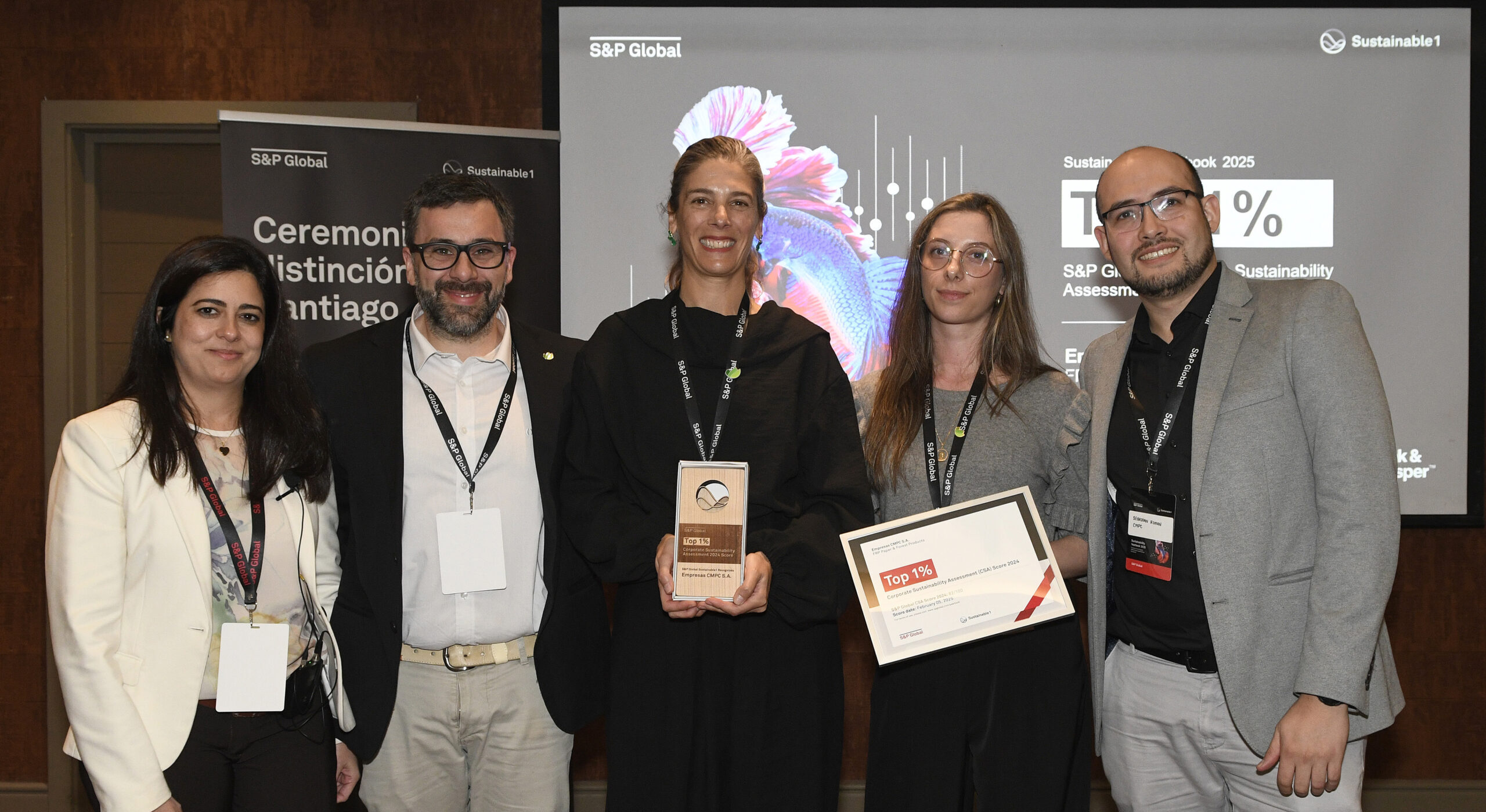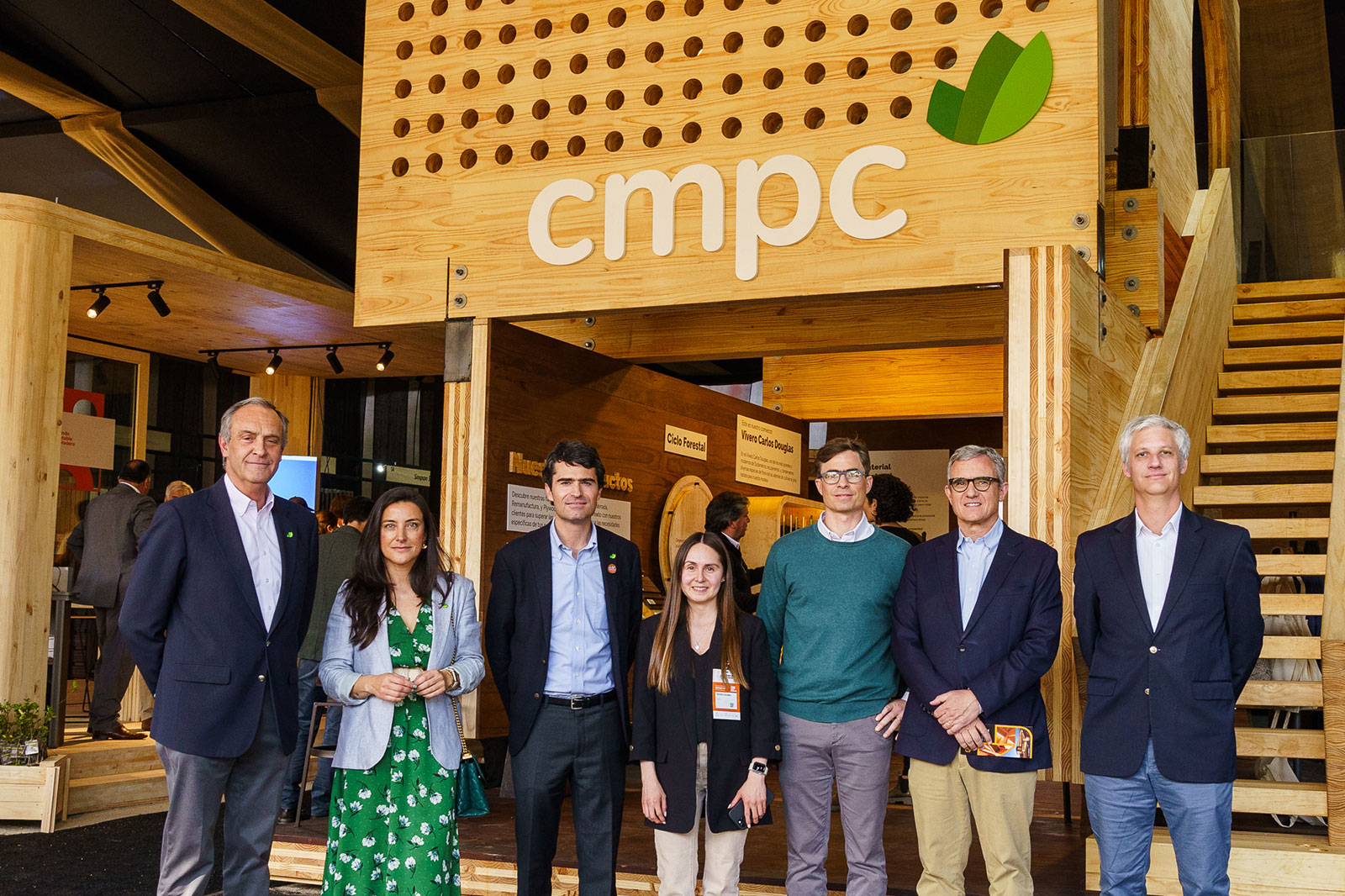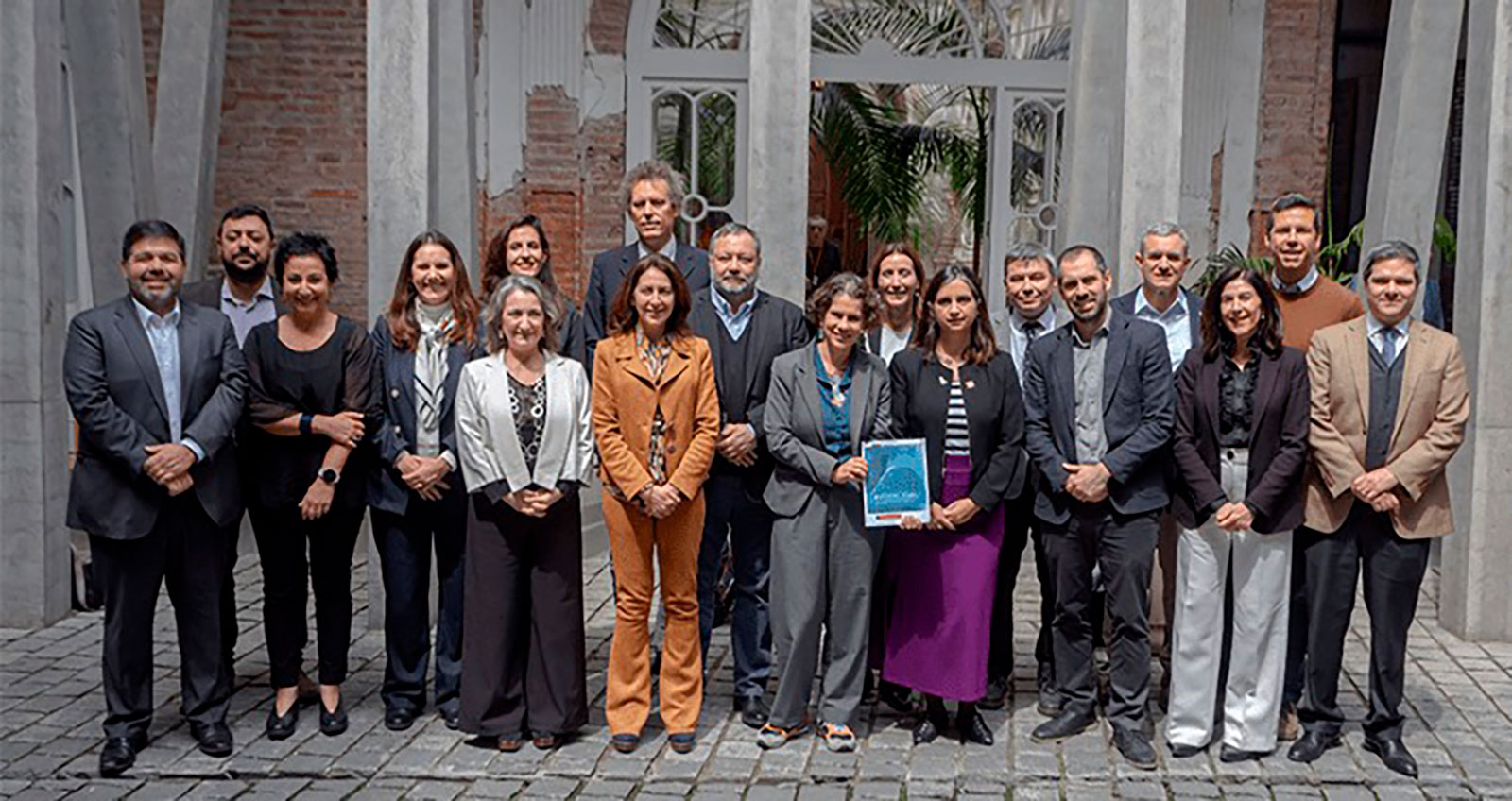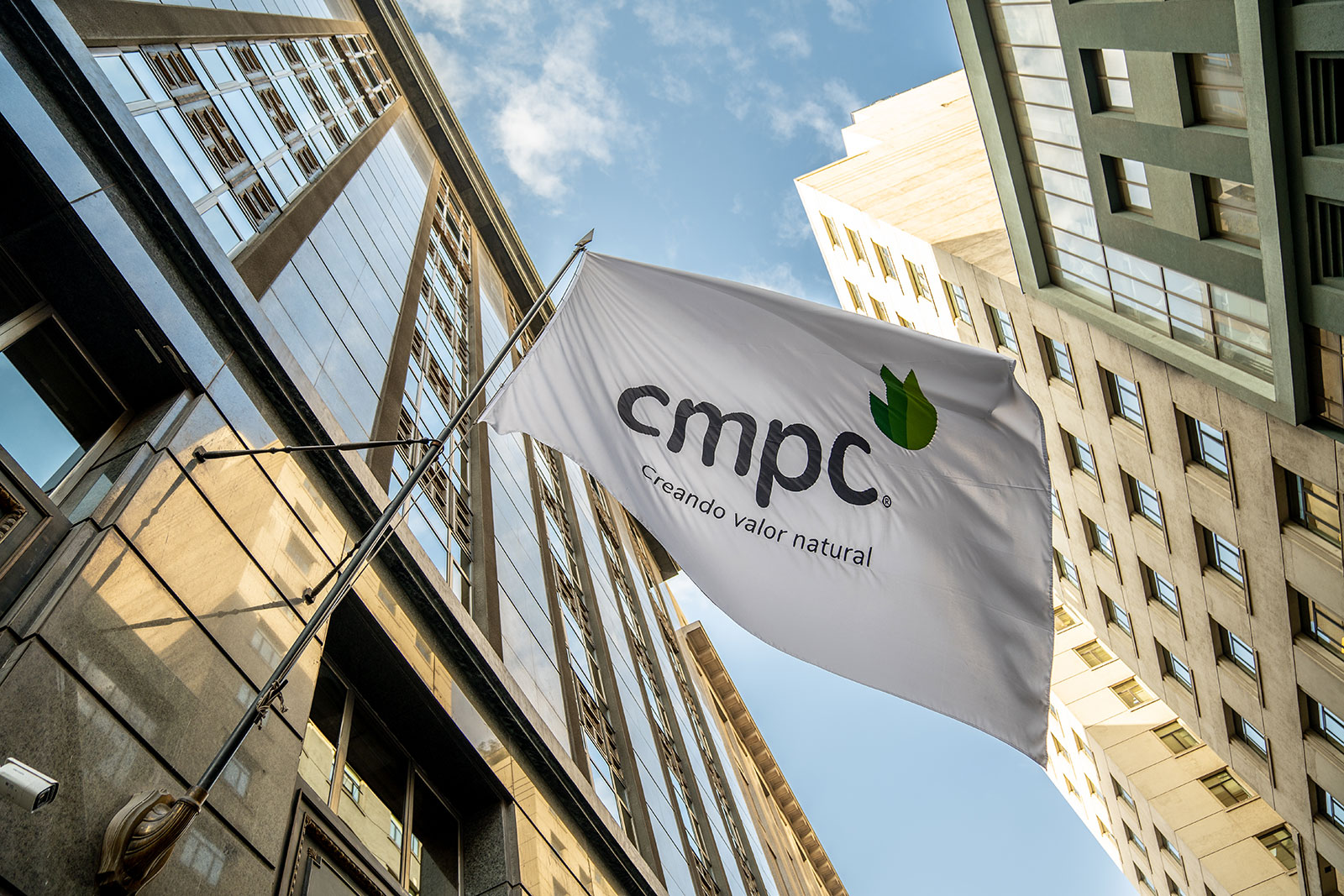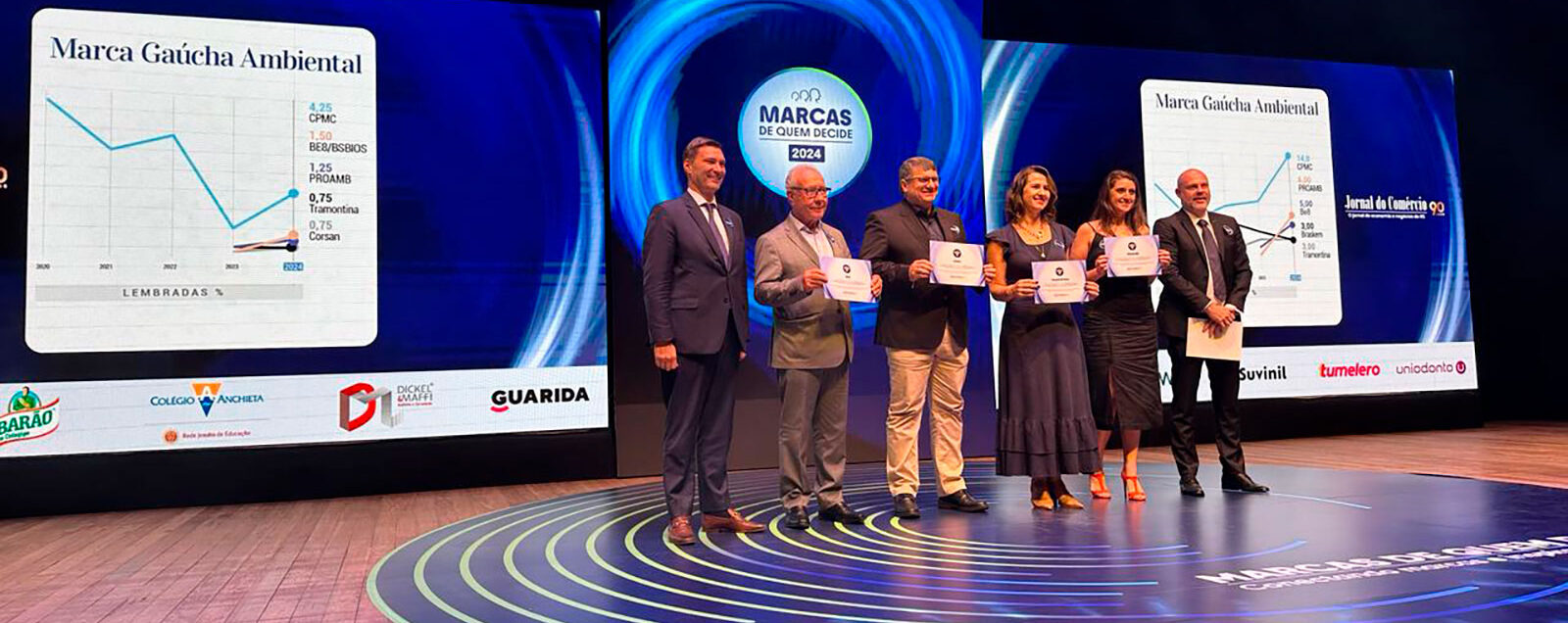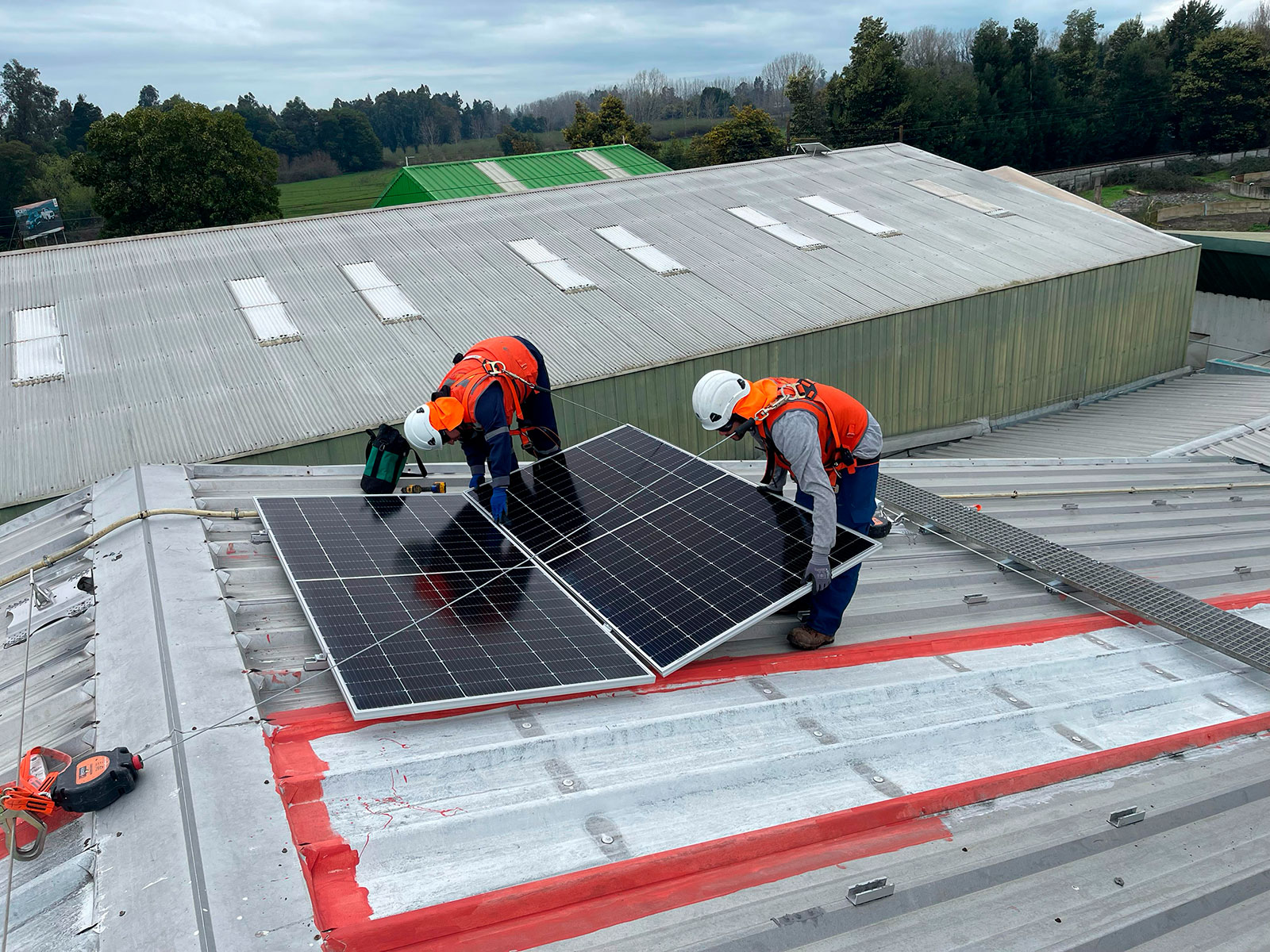
A photovoltaic network that keeps growing: the CMPC plant in Chillán will also be self-sufficient in solar power
06 de May, 2024
This is the second initiative in a series of four company projects. Together, they will prevent the emissions of some 900 tons of CO2 per season, with a generation of 2,300 KWh/year, equivalent to planting 36,000 trees.
Developed together with Colbún, a Chilean electricity company, the recently installed power generator will make the production of paper sacks and packaging even more sustainable. They are made from 100% virgin fiber obtained from renewable radiata pine forest plantations.

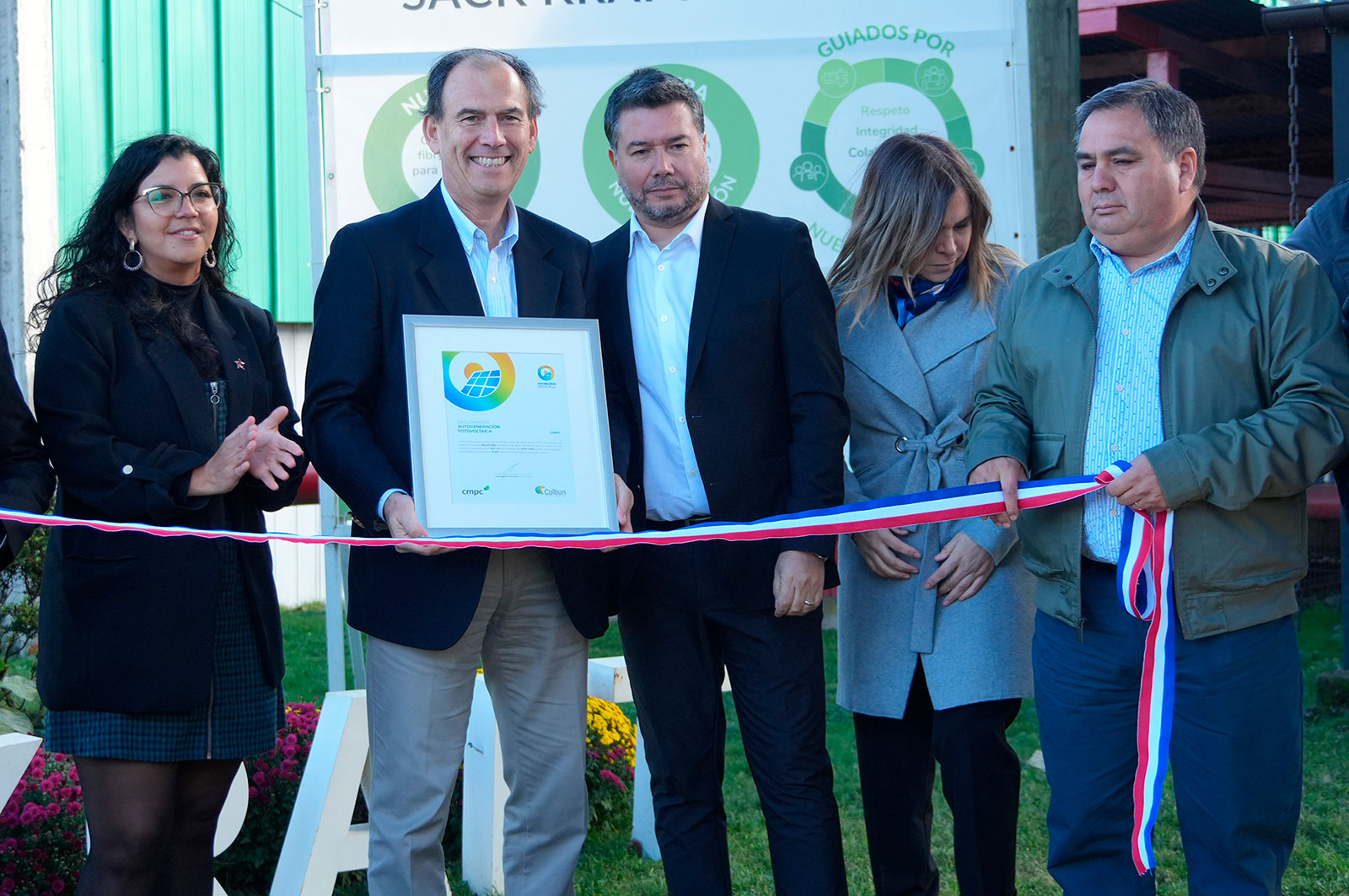
What could a bag of cement and a box of tea have in common? Or 3,500 cars and 36,000 trees? It sound like random, unrelated things, but they have a common denominator: the photovoltaic network promoted by CMPC is part of its operations that takes a step forward on Monday with the start-up of a photovoltaic project, part of its Biopackaging division, at CMPC´s plant in Chillán Ñuble region, Chile.
This is the second initiative of this type to begin operations, after the power facility at the Plant nursery Carlos Douglas on Cabrero at the end of 2023. Subsequently, two other projects in Tiltil and Buin, will begin to produce solar energy for self-supply.
Self-generation for offsets
Once the four projects are active, together they will take around 900 tons of CO2 out of circulation per year by producing roughly 2,300 KWh per year, equivalent to the average consumption of 300 homes. This is the same as taking about 3,500 cars off the road or planting 36,000 trees.
The photovoltaic facility at the Chillán plant will reduce CO2 emissions by 95 tons over the course of a year. As a reference, one person generates about three tons per season on average. Meanwhile, the PV facility’s annual power generation will be around 235 KWh.
This means that products such as cement sacks, tea boxes or powdered milk containers will be made with a more sustainable process. It was developed and built by Colbún with the support of local contractors, especially Tesla Energía, and was administered by Bioenergías Forestales (CMPC’s energy subsidiary) with the advice of the consulting firm Anabática.
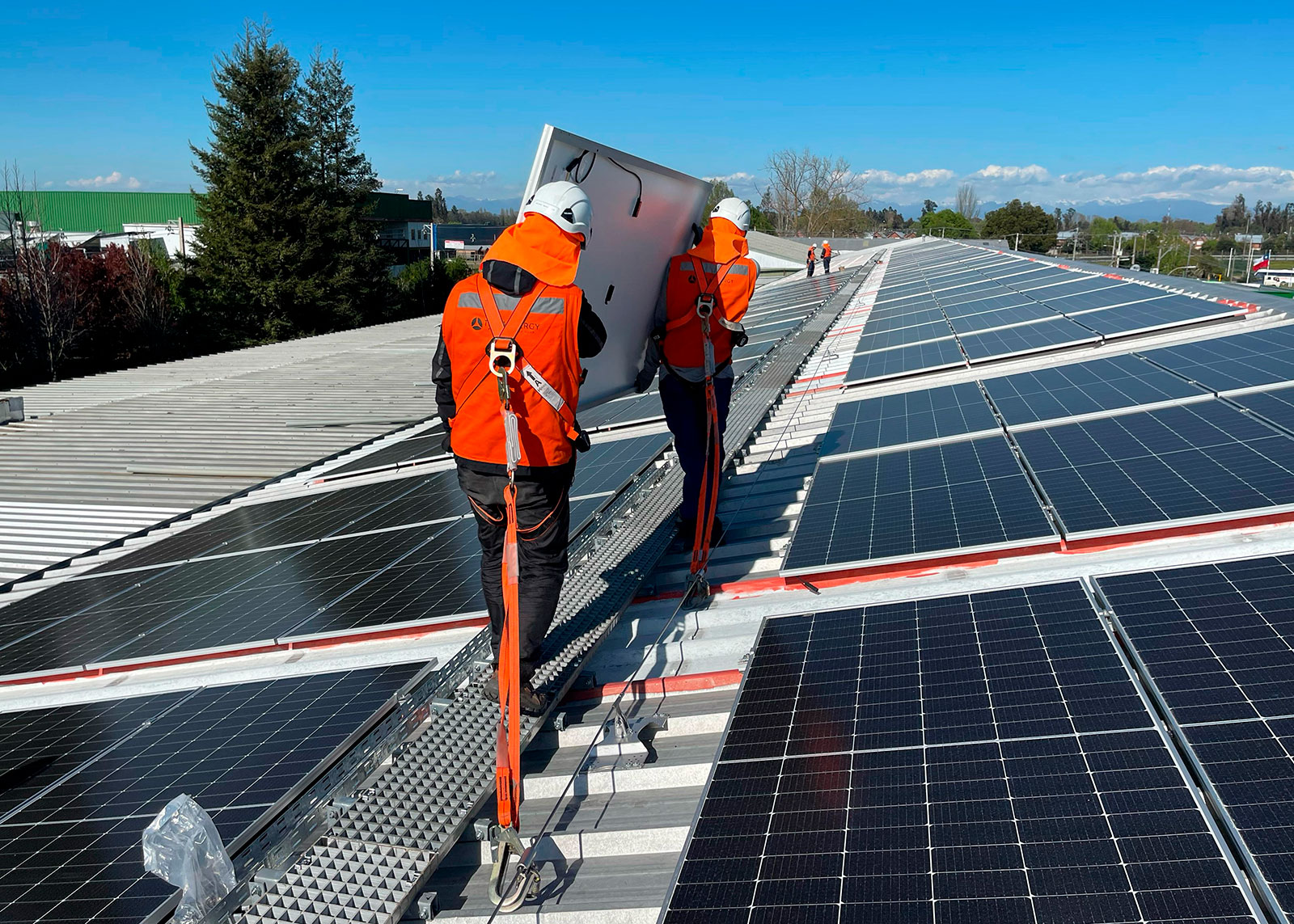
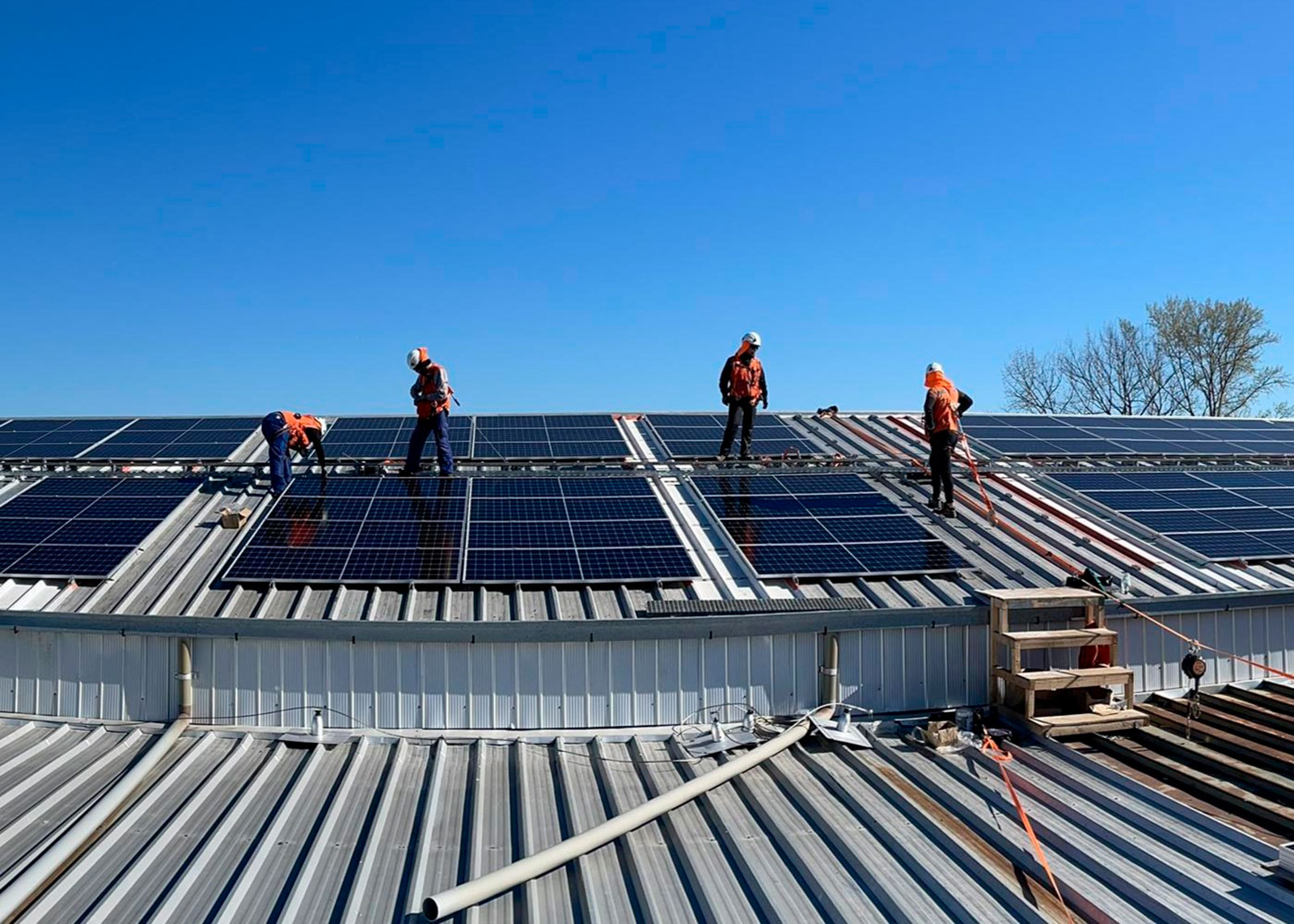
One step forward
The energy project incorporates the most demanding industry standards in photovoltaic energy generation, which was praised this past Monday by participating authorities.
Rocío Hizmeri, presidential delegate for the province of Punilla said, “These initiatives are very important, especially when we see that the interests of the private world go hand in hand with those of the public world. Providing the productive processes with more sustainable options implies more autonomous and cheaper processes, while helping the environment.”
“We are very happy to celebrate the inauguration of our fourth self-supply photovoltaic project, in this case for a company as relevant as CMPC, which will help advance its sustainability goals while also lowering costs. In addition, this type of project contributes to Chile’s carbon neutrality goals, strengthening the electricity system and boosting economic growth by creating jobs and attracting investment,” explained Juan Salinas, Colbún’s Commercial Manager.
“With this new photovoltaic project, CMPC continues to generate clean and renewable energy at its facilities in order to aid in the diversification of electricity sources in Chile, supporting the energy transition and encouraging the generation of Non-Conventional Renewable Energies,” said Enrique Donoso, CMPC Forest Bioenergy Manager.
Two basketball courts of clean energy
The construction of the Chillán photovoltaic plant was carried out without any accidents and in compliance with strict safety standards. It has a coplanar roof structure at a 12° incline, a mini-rail design, walkways and safety corridors. It takes up approximately 1,050 m2, which is a bit more than two basketball courts. It has an installed capacity of 186.5 kWp, coming from 336 Canadian Solar monocrystalline photovoltaic modules of 550 W each.
For its construction, operation and maintenance, lifelines and permanent anchoring systems have been installed in accordance with European and North American standards. It also has a CCTV (Closed Circuit Television) security camera with a range of 200 m. In the area of data management and digitalization, the unit has permanent online visualization of the information about self-generated energy and an array of parameters and performance options for the installation, through Colbún’s virtual branch and its control and monitoring system, also accessible by smartphone.
This photovoltaic installation is expected to save approximately USD 25,000 per year in line with the strategy of reducing costs, boosting competitiveness and increasing the asset value of CMPC’s plants.
CMPC and its commitment to clean energy
CMPC’s three pulp mills in Chile: Santa Fe, Pacífico and Laja are today energetically self-sufficient, as they can supply themselves with biomass, a non-conventional renewable energy. It should be noted that the surpluses of this type of energy generated by these plants are injected into the Sistema Interconectado Central (Spanish for Central Interconnected System)
In addition, the modernization of line 2 of its Guaíba pulp mill in Brazil, part of the BioCMPC project, also contributes to opportunities for improvement in environmental performance and efficiency at the unit, through the use of clean energy and self-supply.
Environmentally friendly products
The CMPC Biopackaging plant produces multi-ply paper sacks of different sizes made from 100% virgin fiber obtained from renewable Radiata pine plantations. This kind of manufacturing means it can provide various type of environmentally friendly packaging that are reusable, recyclable and sometimes biodegradable.
